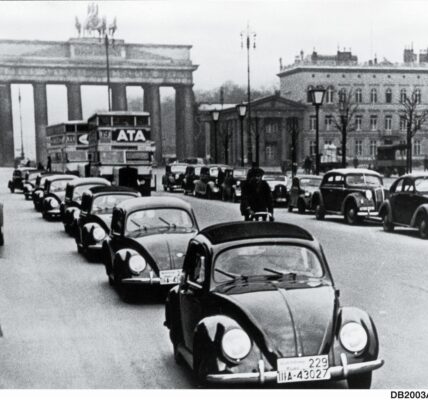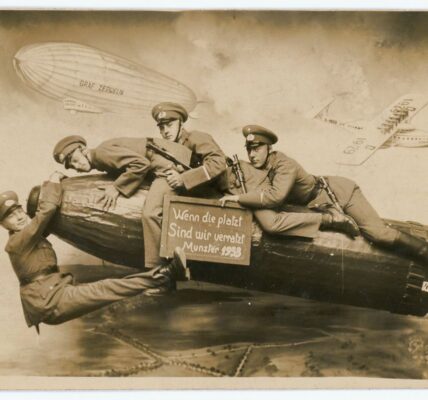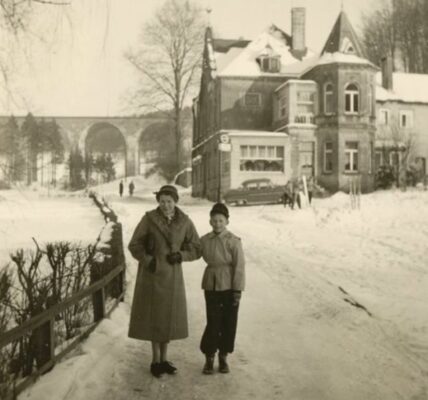By the late 1950s Volkswagen was keen to expand beyond the Beetle but not eclipse it, so it developed a new car as quietly as it could – even denying as late as the fall of 1960 that it was working on a newer, larger, and “different” car.
That new car, furtively tooling around the Black Forest in prototype form, was the VW Type 3. It bowed at the 1961 Frankfurt IAA as the VW 1500. It was larger in many ways and different looking and feeling, but at it’s heart an evolution of the OG Volkswagen idea.
At first the 1500 came as only a 2-door sedan, a 2-door Variant (wagon), and the razor-edged, Sergio Sartorelli-styled Type 34 Karmann-Ghia. A fastback Type 3 arrived in 1965. The trademark rear-engined VW platform was matched with a reworked, 1,493-cc version of VW’s basic air-cooled four, designed now to fit under the trunk floor.
Much more of a family car than the Beetle, these middle-class cars were meant to do battle with mid-priced cars like the Ford Taunus P1 and newly-launched Opel Rekord P2. They were a cut above the familiar Beetle and also new territory for VW, which was the whole point.
In the the early days of the Type 3, the cars were produced for European consumption only (Canada and other international markets were added in 1962).
It wasn’t the fall of 1965 that the ever-mercurial Volkswagen of America began importing the Type 3. VW had noticed that many American Servicemen stationed in Germany were buying Type 3s and shipping them back after their tours were over; and belatedly began importing the cars.
Unlike Canada, the U.S. got only the Squareback (aka the Variant) and the Fastback, with either the 1500 or the even larger 1,584-cc 1600, eventually with Bosch D-Jetronic electronic fuel injection, the first true volume car with such a system.
The Type 3s were fair sellers but never managed to capture the Beetle’s broad appeal in the USA. They remained on the market even after the Type 4 (in the U.S. the 411/412) had been launched because despite that car offering four doors, it was even less popular with U.S. customers.
The Type 3 was dated by 1973 but was still a quality car that was easy to maintain and had a core audience of VW fans. Sales for what was fundamentally an aged car by 1973 were still fairly decent.
It helped that VW made running changes to the Type 3 that included upgrades like disc brakes out front, a new rear suspension that dovetailed with the addition of a fully Automatic optional transmission, and other running changes to improve the breed.
Being close relatives of the other OG Volkswagens, performance parts abound for the Type 3, and many have been lowered or sped up (both in the case of this early U.S. one).
The Type 3 only found moderate success in North America, but it was a major hit globally, with nearly 2.6 million built overall. About 90% of production took place in Germany (at Wolfsburg and, later, Emden) and the remainder in Brazil, which had even more variations.


























